The Story
As Utah’s population almost doubles by 2050, food production in Utah increases for some products. Some farmland and water along the Wasatch Front are sold to accommodate expanding communities, but our communities are compact and use less agricultural land. Because no additional water is moved from working farms to urban areas, those farms remain in production. No new farmland is added, but 13% of our irrigated alfalfa and hay is converted to fruit and vegetable production, though we still need to import 90% of our fruit and vegetables. Because of improved self-sufficiency, Utah is somewhat less susceptible to droughts, food supply interruptions, and food contamination that occur in the states and countries that produce our food.
Results
Agricultural self-sufficiency (the percentage of Utah’s food that is locally produced) improves for fruits and vegetables but declines for protein, dairy, and grain. The amount of food-producing land declines somewhat by 2050, and there is a shift in what crops are grown.
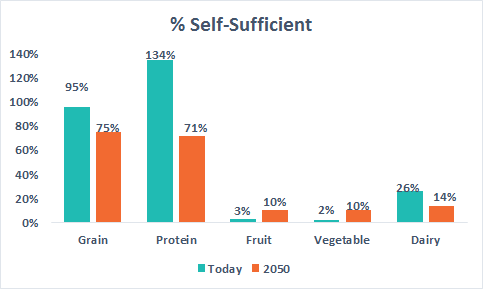
Click to view across all scenarios
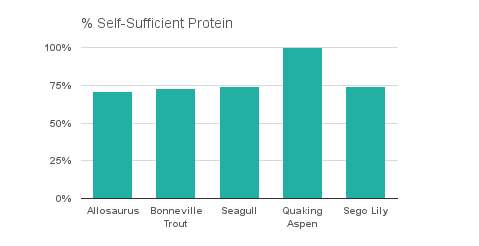
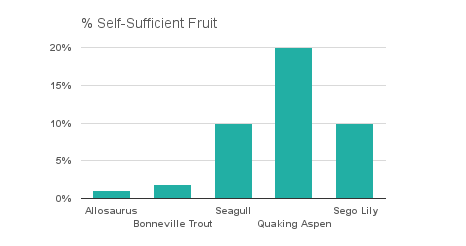
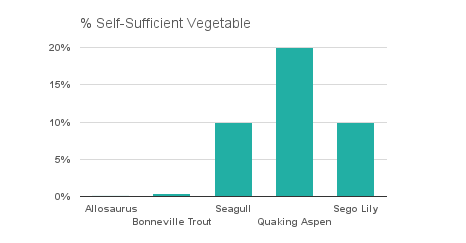
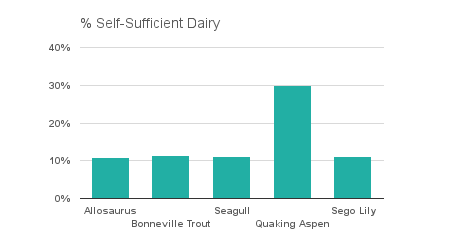
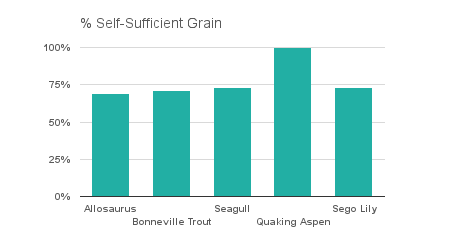
Background
Utah does not currently produce enough food to feed its population. Though Utah farmers and ranchers produce enough protein and almost enough grain to meet our nutritional needs, Utah agriculture produces less dairy, and far less fruits and vegetables, than we need. Our population has already doubled in the last 30 years, and much of our prime farmland and water along the Wasatch Front has been converted to urban uses. As a result of these trends, we rely heavily on foods imported from other states and countries.
Farming and ranching occur on private lands, but they can also occur on public lands. In fact, many of the federal lands in Utah are used for livestock grazing, which accounts for a sizable portion of our protein production.


